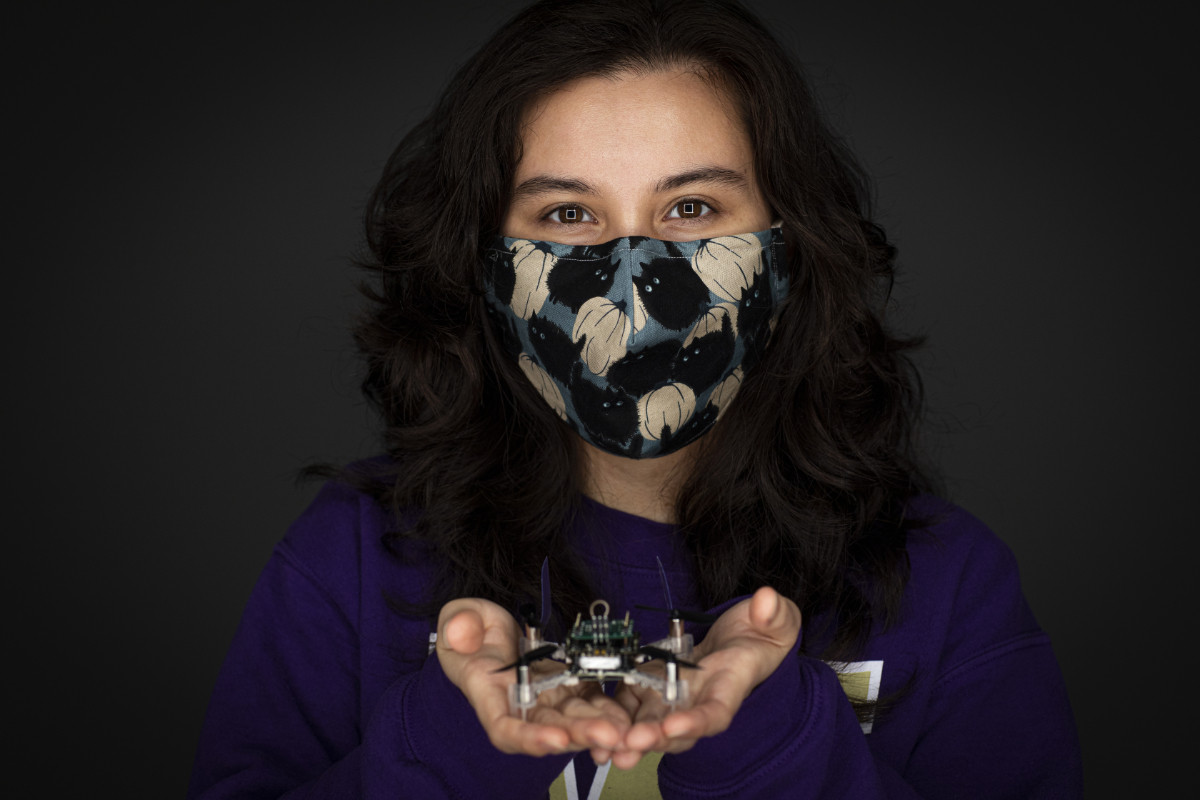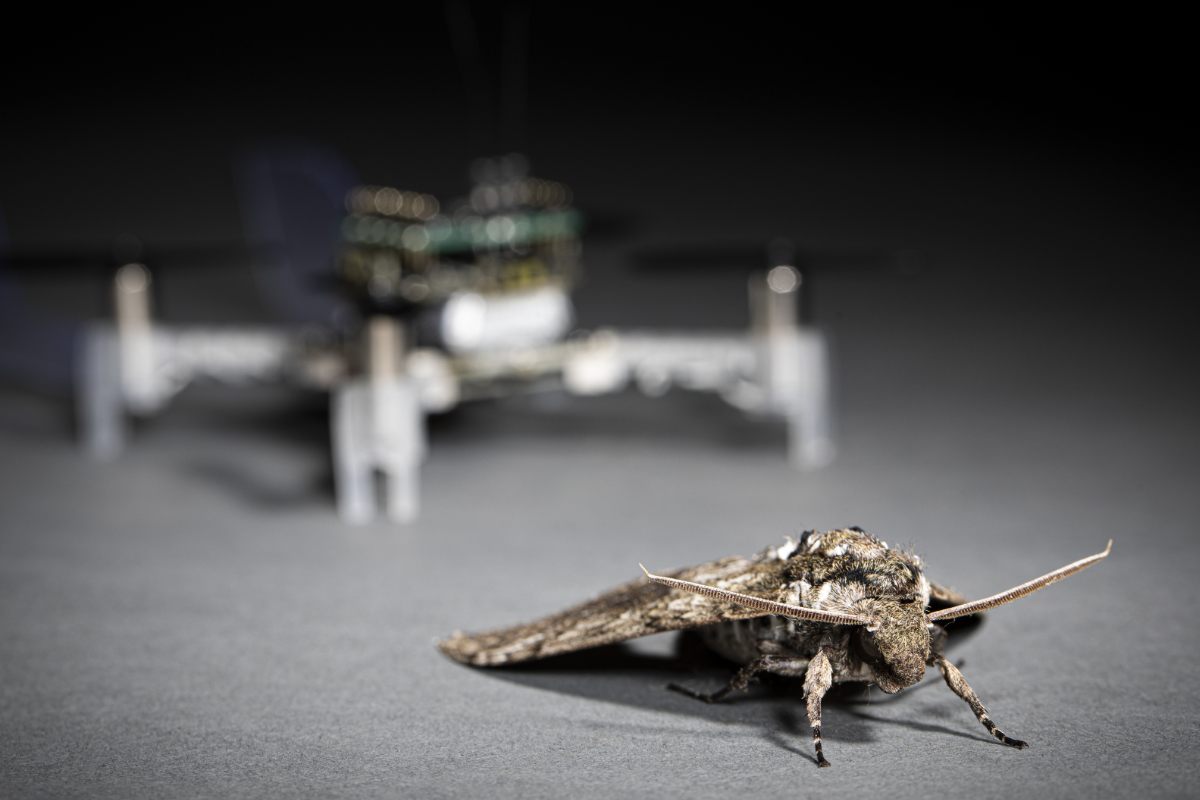The ‘Smellicopter’
Not just copying, but actually using, God’s design

In the expanding research field of biomimetics (aka biomimicry or bioinspiration), engineers copy designs they see in nature. It has proven useful time and again in generating new inventions and improving existing technology.1
There’s a clear lesson from this, unfortunately often missed in reporting these engineering success stories. Anyone can see that the engineers’ creations have been intelligently designed. So why not also the designs in nature that inspired them? Especially since the copies fall way short of the living originals in many ways. Thus biomimetics points to an Intelligent Designer, not evolution, as the reason living things are so masterfully engineered. And the Bible identifies Him. He is the Lord God, the Maker of heaven and earth and of all life.
Heaven-sent scent sensor

And now, researchers haven’t just copied one of God’s designs, but succeeded by using it. Needing a super-sensitive smell detector, University of Washington engineers attached an actual antenna of a moth to their drone quadcopter.2,3 Their goal? To build an odour-sensing aerial robot to remotely assess and navigate danger zones; one able to sniff out gas leaks, explosives, or disaster survivors.
The researchers used the antenna of a hawkmoth (Manduca sexta) because no human-made odour sensor can match its sensitivity and quick response. The moth’s antennae can sense chemicals in the air to find food or potential mates. “Cells in a moth antenna amplify chemical signals,” explained one of the researchers, Thomas Daniel, a UW professor of biology. “The moths do it really efficiently—one scent molecule can trigger lots of cellular responses, and that’s the trick. This process is super efficient, specific and fast.”2
On the prototype ‘Smellicopter’, the moth antenna is connected to an electrical circuit to monitor the signal from its cells. The drone is fitted with steering technology to track upwind towards the source of the scent detected.


God’s design; engineers’ short-cut
Melanie Anderson, lead author of the research paper in Bioinspiration and Biomimetics, said, “Nature really blows our human-made odor sensors out of the water. By using an actual moth antenna with Smellicopter, we’re able to get the best of both worlds: the sensitivity of a biological organism on a robotic platform where we can control its motion.”3 As one media report paraphrased, “Sometimes it’s just not worth it to try to top Mother Nature.”4 Of course, the designs are not from ‘Mother Nature’ in evolutionary tandem with ‘Father Time’, but as earlier stated, from God.
Parts designed to be together
For Smellicopter’s sense of smell to work, the moth antenna must still be “biologically and chemically active”. Thus a live antenna was used. Moths were put “in the fridge to anesthetize them before removing an antenna”. The detached antenna stops being biochemically active in just four hours.2
Clearly, the moth antenna is a complex organ designed to be part of an even more complex finely tuned whole. The entire moth body is designed to constantly maintain and sustain all of its parts. These soon break down when isolated.
It brings to mind Paul’s metaphor in 1 Corinthians 12, of believers as a body. Individual organs or members play differing roles. Their effective functioning soon ceases if disconnected from the body as a whole.
References and notes
- See creation.com/biomimetics. Return to text.
- McQuate, S., The Smellicopter is an obstacle-avoiding drone that uses a live moth antenna to seek out smells; washington.edu, 7 Dec 2020. Return to text.
- Anderson, M. and 4 others, A bio-hybrid odor-guided autonomous palm-sized air vehicle, Bioinspir. Biomim. 16(2):026002, 2020. Return to text.
- Coldewey, D., This tiny drone uses an actual moth antenna to sniff out target chemicals; techcrunch.com, 8 Dec 2020. Return to text.



Readers’ comments
Comments are automatically closed 14 days after publication.